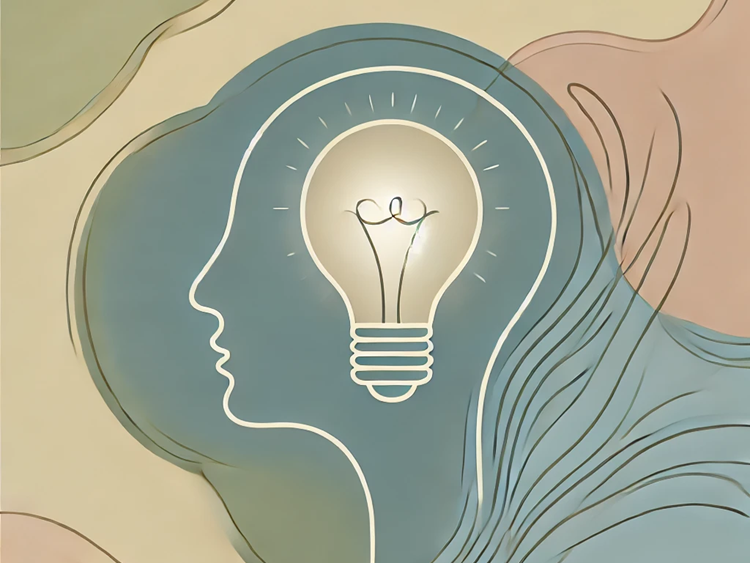Down Syndrome

Overview
Down Syndrome, also known as trisomy 21, is a genetic disorder caused by the presence of all or part of a third copy of chromosome 21. It is named after the British doctor John Langdon Down, who first described the syndrome in 1866. Individuals with Down Syndrome typically have distinctive physical characteristics, intellectual disabilities, and may experience various health issues. It is the most common chromosomal disorder and a leading cause of intellectual disability.
Symptoms
Down Syndrome is associated with a range of physical and intellectual symptoms. Physical features may include a flat facial profile, almond-shaped eyes that slant upward, a short neck, and a small head. Individuals with Down Syndrome often have low muscle tone, resulting in joint hypermobility. Common medical issues include congenital heart defects, gastrointestinal problems, and an increased risk of infections. Cognitive and developmental delays are also characteristic, leading to challenges in learning and communication. However, the severity of symptoms can vary widely among individuals.
Causes
The primary cause of Down Syndrome is the presence of an extra chromosome 21. Normally, each cell in the human body has 23 pairs of chromosomes, and Down Syndrome occurs when there is an error in cell division, leading to the presence of an extra chromosome. The exact cause of this chromosomal error is not well understood, but it is known to happen more frequently in pregnancies in which the mother is older. However, the majority of babies with Down Syndrome are born to younger mothers because they generally have more children. It's important to note that Down Syndrome is not a result of anything the parents did or did not do.
Types
There are three main types of Down Syndrome:
- Trisomy 21: This is the most common type, occurring in about 95% of cases. In trisomy 21, there is an extra copy of chromosome 21 in every cell of the body.
- Mosaic Down Syndrome: In this type, not every cell has an extra copy of chromosome 21. Some cells have the typical 46 chromosomes, while others have 47. Mosaic Down Syndrome is less common, accounting for about 1-2% of cases.
- Translocation Down Syndrome: In this type, part of chromosome 21 attaches to another chromosome, usually chromosome 14. This accounts for a small percentage of cases and is often hereditary.
Diagnosis
Down Syndrome can be diagnosed during pregnancy or after birth. Prenatal screening and diagnostic tests, such as ultrasound, blood tests, and amniocentesis, can indicate an increased likelihood of Down Syndrome. However, these tests cannot provide a definitive diagnosis. For a conclusive diagnosis, chromosomal testing, such as chorionic villus sampling (CVS) or amniocentesis, is typically performed.
After birth, a physical examination and blood tests, such as karyotyping, can confirm the diagnosis. Early diagnosis allows for timely medical intervention and support for the child and their family.
Treatment & Management
There is no cure for Down Syndrome, but early intervention and appropriate medical care can significantly improve the quality of life for individuals with this condition. Treatment plans are tailored to address the specific needs of each person and may include therapies such as physical therapy, speech therapy, and occupational therapy. Educational programs and support services are essential to help individuals with Down Syndrome reach their full potential.
Medical management often involves addressing associated health issues, such as heart defects or respiratory problems. Regular health check-ups and screenings are crucial to monitor and manage potential complications. Many individuals with Down Syndrome lead fulfilling lives and can participate in education, employment, and community activities with appropriate support.


